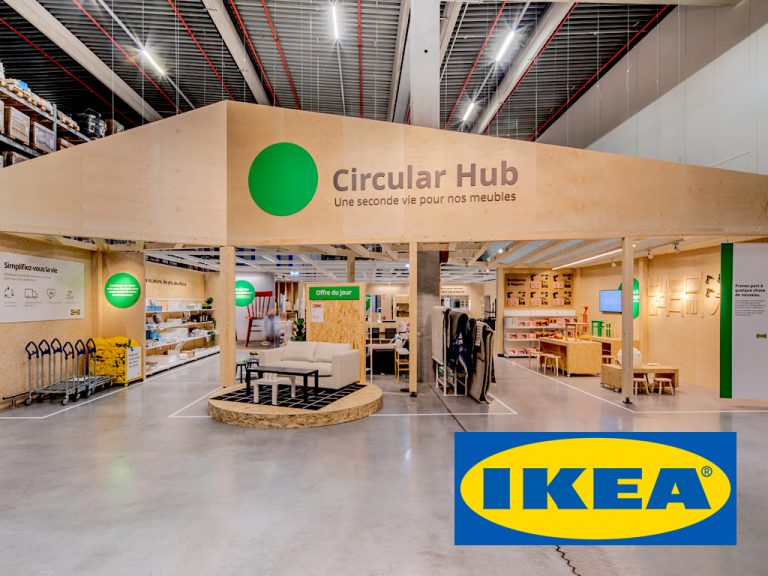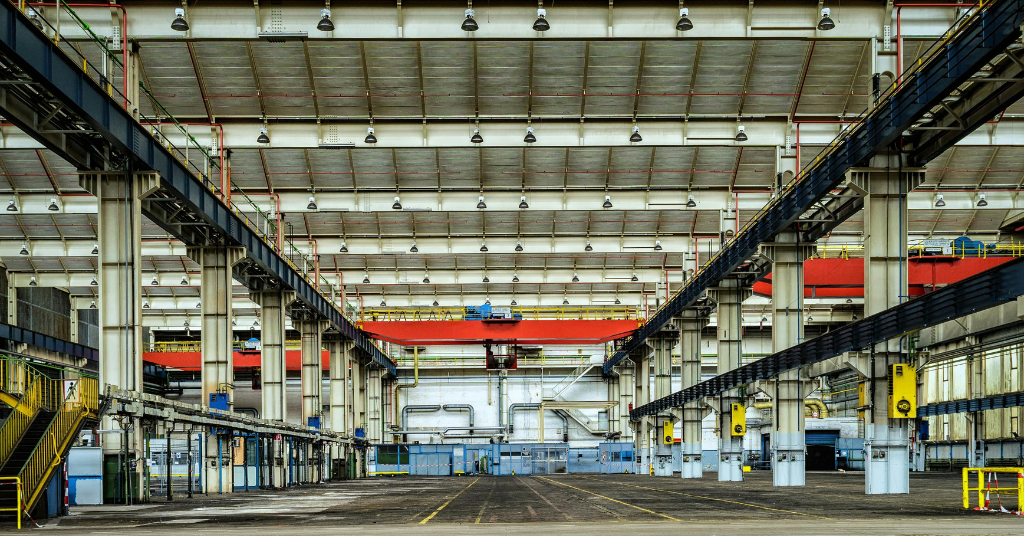Small and medium enterprises (SMEs) form the backbone of the EU economy, representing 99% of all businesses. Their engagement is crucial to achieving the Fit for 55 objectives. Transitioning to sustainable business practices not only helps the planet but also improves efficiency, attracts customers, and unlocks funding.
1. Improve energy efficiency
Conduct an energy audit to identify inefficiencies. Upgrades like LED lighting, smart thermostats, motion sensors, and high-efficiency HVAC systems can reduce energy consumption by up to 30%. For example, DHL’s European warehouses have upgraded to energy-efficient lighting and smart sensors, resulting in millions in savings and CO2 reduction across logistics operations.
2. Embrace circular economy principles
Designing products for reuse, repair, and recycling minimizes waste. Packaging reuse programs, product-as-a-service models, and refurbishment centers can be implemented. IKEA in Sweden now operates large-scale furniture recycling and buy-back programs, preventing thousands of tons of waste annually.
Circular practices reduce reliance on raw materials and limit emissions, key strategies in the EU’s sustainability roadmap.

3. Sustainable Supply Chains
Work with suppliers who use certified sustainable practices (e.g., FSC, FairTrade). Use digital supply chain management tools to track emissions. Diversify to local or regional sources where possible to reduce transport emissions.
Efficient, local sourcing contributes to transport emission reduction, a critical pillar of Fit for 55.
4. Communicate Your Green Strategy
Transparent communication builds trust and consumer loyalty. Publish sustainability reports, include carbon footprint labels, and showcase certifications. Engage customers through recycling programs or “green loyalty” incentives. According to a 2024 Nielsen report, 73% of European consumers are more likely to buy from brands with clear environmental commitments.
Consumer awareness and demand play a large role in pushing the private sector to meet environmental benchmarks.
5. Take Advantage of Support Programs
Many national and EU grants are tailored for SMEs making a green transition. These include subsidized loans, tax breaks, and technical assistance. The European Investment Bank also offers favorable financing for sustainable initiatives.
By transitioning to sustainable models and leveraging these supports, SMEs become active contributors to the EU’s net-zero and emission reduction commitments under Fit for 55.
Aligning with Fit for 55 is not only an environmental responsibility but a strategic advantage in a carbon-conscious economy.
Sources and references:
https://www.oecd.org/en/publications/no-net-zero-without-smes_bab63915-en.html




